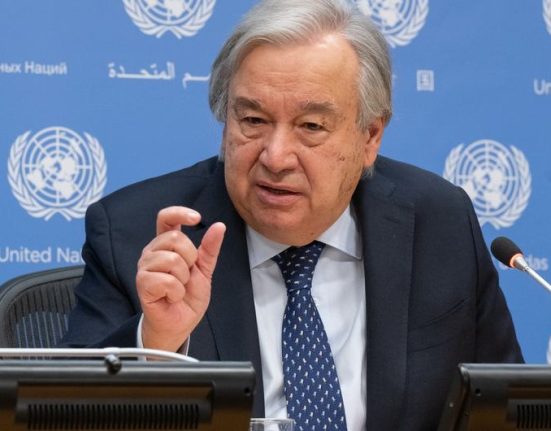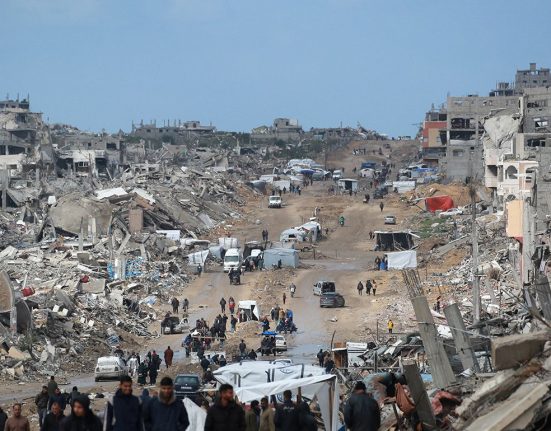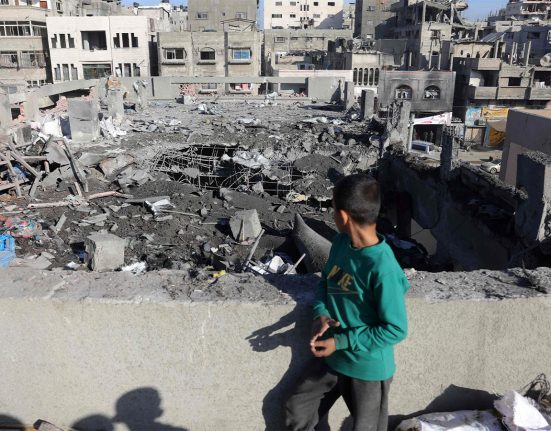In the face of crippling food shortages and a worsening humanitarian crisis in the Gaza Strip, some displaced Palestinian families have turned to eating sea turtles as a desperate means of survival. The development underscores the severity of the current famine situation in the region, now entering its 18th month of war, with aid routes completely blocked and basic necessities scarce.
In Khan Yunis, the largest city in southern Gaza, 61-year-old Majida Qanan prepares an unusual meal for her family. With meat, poultry, and even vegetables now luxuries, she has boiled chunks of sea turtle meat—mixed with onions, pepper, tomato, and a few remaining spices—over a wood fire near the tent her family now calls home.
“The children were frightened at first when they saw the turtle, but I told them it tastes like veal,” Qanan said, as she stirred the pot. “Some ate it. Others just couldn’t.”
This is the third time she has resorted to cooking sea turtle meat, which is considered a last resort. Gaza, home to 2.4 million people, is currently under what aid agencies describe as a total blockade. Since March 2, no humanitarian relief has been allowed in, exacerbating the conditions already ravaged by a conflict that began on October 7, 2023.
The United Nations has raised alarm over the deepening crisis, warning that famine is “not just a risk, but is likely rapidly unfolding” across nearly all parts of Gaza. In the absence of open crossings and aid, the local market has become nearly empty. Majida laments spending 80 shekels (about $22) for just two small bags of vegetables. “There’s no meat. Nothing,” she said.
Sea turtles, though internationally classified as endangered species, are now being caught in fishermen’s nets and used for food by desperate families. One of them, fisherman Abdel Halim Qanan, said the community never imagined they would reach a point where eating turtles would become a means of survival.
“When the war started, food became scarce. There’s no poultry, no meat, no vegetables. Turtle meat became the only source of protein,” he explained. “If there was no famine, we would not touch it. We would let it go. But this is survival.”
He added that the turtles are slaughtered in line with Islamic practices, ensuring they are killed according to halal rites. The meat, after cleaning with flour and vinegar, is rinsed and boiled in worn-out kitchenware.
The United Nations Office for the Coordination of Humanitarian Affairs (OCHA) has described the situation in Gaza as the worst it has seen since hostilities began. The war has only paused twice—first, a one-week truce in November 2023, and more recently, a two-month ceasefire from January 19 to March 17, 2024.
In June, the World Health Organization’s regional director, Hanan Balkhy, reported that Gazans were resorting to consuming grass, animal feed, and even sewage water in extreme desperation.
Hamas has accused Israel of using starvation as a weapon of war by blocking humanitarian supplies. Israel, on the other hand, claims that Hamas is responsible for diverting aid, a charge the group denies.
As the crisis deepens and global calls for intervention grow louder, families like the Qanans continue to face daily battles against hunger and despair—turning to the sea, not for hope, but simply for something to eat.







